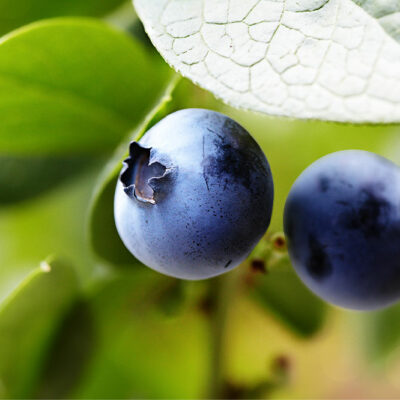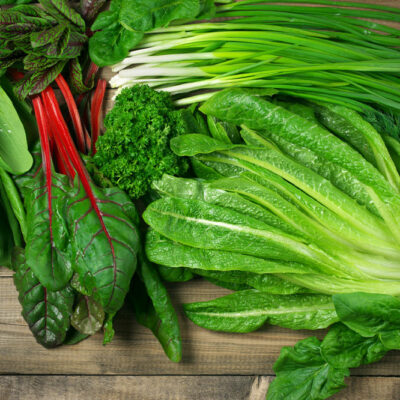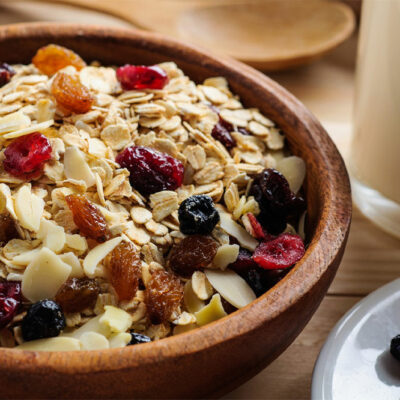
health
6 unusual signs of blood clots to be aware of
The first sign of a blood clot that comes to mind is swelling and severe pain around an affected area. Unfortunately, these aren’t always the only signs of a developing blood clot. Several other unusual symptoms can indicate issues with your circulatory system. For example, this article will break down six unusual signs of blood clots to inform you of related health problems and know when to consult your healthcare provider. Unusual signs of blood clots A blood clot appears when blood becomes thick and accumulates in a body part. Blood clots can indicate underlying health conditions and are sometimes life-threatening if not detected and treated promptly. While there are many typical signs of blood clots, such as pain, swelling, and redness in the affected area, there are also some unusual signs to be aware of. Therefore, here are the six unusual signs of blood clots: Hives or rash Blood clots can sometimes cause hives (bumps) or a rash on the skin. These can be itchy and uncomfortable and may appear in the area where the clot has formed. Tingling or numbness Blood clots can also cause tingling or numbness in the affected area. For example, the clot can press on nerves and restrict blood flow to the surrounding tissues.




















